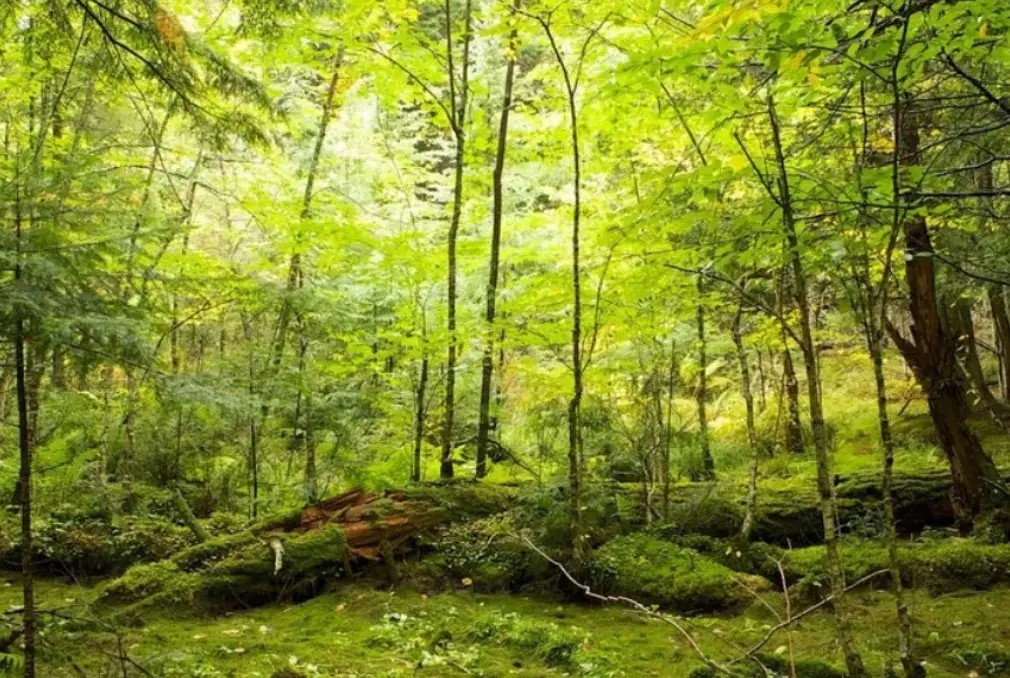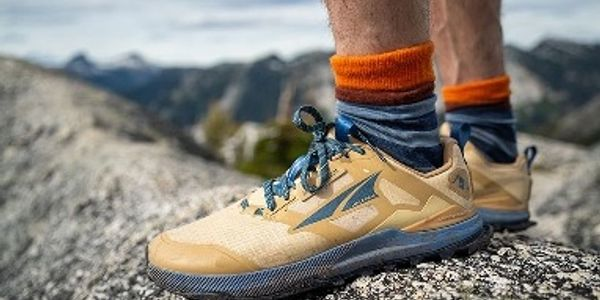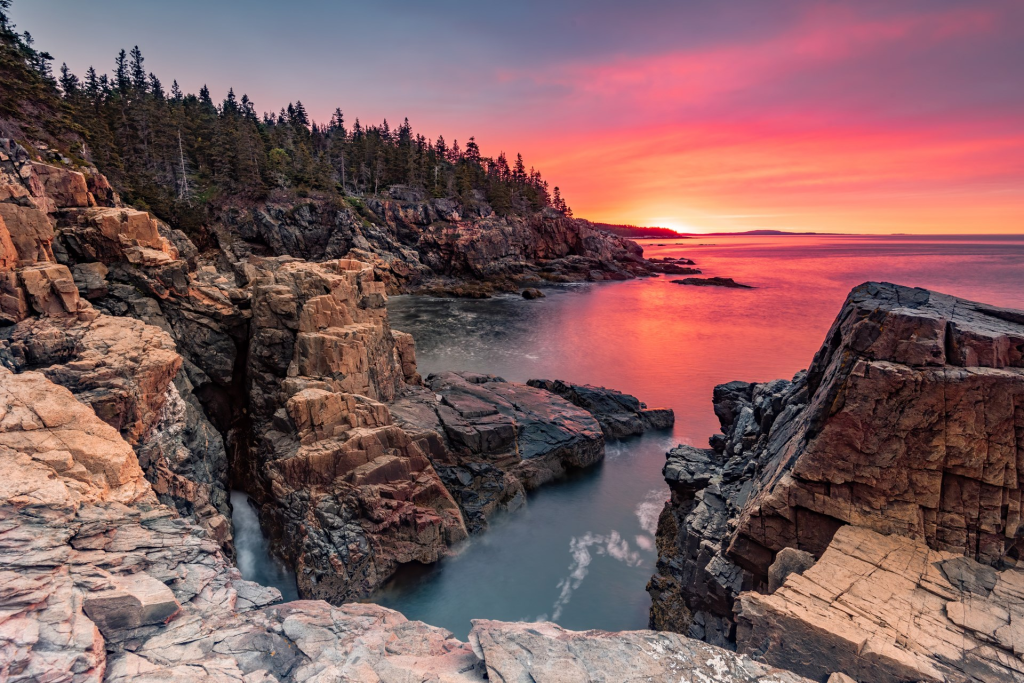Why Are Hikes on the Appalachian Trail Declining?
By Cap Puckhaber, Reno, Nevada
I’m Cap Puckhaber, a marketing professional, amateur investor, and part-time blogger who’s passionate about the outdoors. From my perspective as a blogger and outdoor enthusiast, one of the most iconic topics in American recreation is the Appalachian Trail (AT). Today, we’ll break down a significant trend I’ve been tracking and what it means for the future of long-distance hiking.
The Enduring Allure and Recent Decline of the AT
The Appalachian Trail has long been a bucket-list destination for hikers around the world. It offers a continuous footpath of more than 2,100 miles from Georgia to Maine, representing the pinnacle of thru-hiking endurance. But recently, reports show that fewer people are committing to the trail, especially in the last year. Specifically, recent data shows thru-hiker registrations are down, with a very significant drop for the upcoming season. This trend has many outdoor enthusiasts wondering: What’s behind the dip, and what is the future of this iconic trek?
Why Are Fewer People Hiking the Appalachian Trail?
Several factors, both environmental and societal, contribute to the decrease in AT foot traffic. These complex issues range from new recreation trends to significant economic and environmental pressures that hikers can no longer ignore. It appears to be a perfect storm of changing priorities and logistical hurdles.
The Rise of “Microadventures”
First, there is a noticeable shift in outdoor recreation trends, which my marketing experience helps me identify. Many hikers now opt for shorter, more accessible trails rather than committing to the six-month, 2,100-mile journey. In fact, the rise in “microadventures”—shorter, more local, and more affordable hikes—has made it easier for people to enjoy the outdoors. This accessible approach allows them to connect with nature without the intense, life-altering commitment a long-distance thru-hike requires.
The Lingering Effects of the Pandemic and Economy
Additionally, the COVID-19 pandemic had a profound and lasting effect on hiking trends. While the early days of the pandemic saw a surge in outdoor activity, the long-term effects proved more complicated. Economic factors, like persistent inflation and increased travel costs, play a major role in hiker decisions. These factors, combined with limited vacation time and demanding work schedules, make longer hikes far less appealing for many. Consequently, the logistical challenges of resupplying, navigating remote sections, and funding the trip overwhelm some hikers, who would rather enjoy the outdoors in a less demanding way.
State-Specific Declines and Storm Impacts
When looking at the trail’s various sections, it’s clear that certain states contribute more to the decline than others. These regional challenges highlight the trail’s vulnerability to both climate and infrastructure issues. This data is critical for understanding the full picture.
Challenges in the South (Georgia to Virginia)
For example, Georgia, North Carolina, and Virginia, all popular starting points, have seen significant reductions in hiker numbers. This stems from several factors, such as changes in the availability of trail services and increasing maintenance difficulty. Moreover, the increase in severe weather-related disruptions has made some sections harder and more dangerous to navigate. The catastrophic impact of 2024’s Hurricane Helene, for instance, caused massive, lasting damage in North Carolina and Virginia. As a result, the Appalachian Trail Conservancy (ATC) has had to manage extensive trail closures and recovery efforts, which has understandably deterred many hikers from starting their journey in the south.
Demands of the North (New Hampshire and Maine)
Similarly, in northern states like New Hampshire and Maine, the terrain is especially demanding. The growing difficulty of these long treks, combined with a lack of consistent and affordable support infrastructure, has contributed to fewer visitors choosing to tackle the full trail. Many hikers find the famous White Mountains and the 100-Mile Wilderness to be a logistical and physical barrier that is simply too high.
What Are People Hiking Instead?
With the decline in AT hikes, it’s clear that outdoor enthusiasts are not staying home; they are simply looking elsewhere for their adventure fix. This shift reveals a change in what hikers value, prioritizing accessibility and novelty. My analysis shows a distinct move toward two different types of destinations.
A Boom in National and State Parks
National parks, local trails, and state parks are seeing a massive boost in popularity as people prefer shorter, more accessible hikes. Popular locations like Zion National Park, the Grand Canyon, and Colorado’s Rocky Mountains are drawing significant attention. Critically, these destinations offer rugged terrain and stunning, shareable views without requiring the same time commitment or logistical planning as the AT.
The “Closer to Home” Hiking Trend
Furthermore, there’s been a growing trend of people exploring the outdoors much closer to home. More individuals are opting for simple day hikes or weekend getaways to enjoy nature without having to take long, expensive trips. Social media platforms have played a large role in this shift. On these platforms, hikers showcase hidden gems and new, lesser-known local trails, inspiring others to find adventure in their own backyards.
The Pull of the West: Are Hikers Moving On?
Another factor contributing to fewer people on the AT is the growing interest in hiking and outdoor adventures in the Western United States. Iconic routes like the Pacific Crest Trail (PCT) offer a very different kind of long-distance experience. Additionally, trails such as the Continental Divide Trail (CDT) provide compelling alternatives with more diverse landscapes. Conversely, these Western trails provide different challenges than the “green tunnel” of the AT, including vast wilderness areas, high-altitude landscapes, and a different type of adventure.
My Final Take: The Future of Long-Distance Hiking
In conclusion, the Appalachian Trail remains a beloved and iconic destination for many hikers. However, a combination of changing recreation trends, persistent economic pressures, and a desire for new adventures have contributed to fewer people hitting the trail. Instead of long treks through the Eastern U.S., hikers are exploring other options, either closer to home or out West. Ultimately, whether this trend will continue remains uncertain. But from my first-hand experience, one thing is clear: people’s love for the outdoors is as strong as ever, even if the paths they’re walking are changing.
About the author
Cap Puckhaber is a marketing strategist, finance writer, and outdoor enthusiast. He writes across CapPuckhaber.com, TheHikingAdventures.com, SimpleFinanceBlog.com, and BlackDiamondMarketingSolutions.com. Follow him for honest, real-world advice backed by 20+ years of experience.
The Ultimate Beginner’s Guide to Thru-Hiking
Top Parks for Backpacking Eastern U.S.
PCT Guide to Permits and Costs

Join our Mailing List
Sign up with us now and be the first one to know about our exclusive offers and product updates.
By submitting your information, you`re giving us permission to email you. You may unsubscribe at any time.
Follow Cap Puckhaber on Social Media


About the Author: Cap Puckhaber
Backpacker, Marketer, Investor, Blogger, Husband, Dog-Dad, Golfer, Snowboarder
Cap Puckhaber is a marketing strategist, finance writer, and outdoor enthusiast from Reno, Nevada. He writes across CapPuckhaber.com, TheHikingAdventures.com, SimpleFinanceBlog.com, and BlackDiamondMarketingSolutions.com.
Follow him for honest, real-world advice backed by 20+ years of experience.





